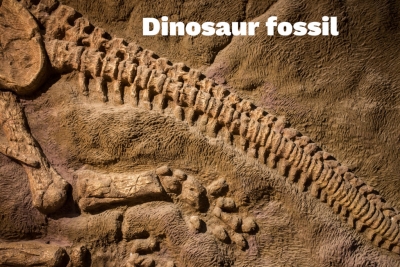
Fossil, remnant, impression, or trace of an animal or plant of a past geologic age that has been preserved in Earth’s crust. The complex of data recorded in fossils worldwide—known as the fossil record — is the primary source of information about the history of life on Earth.
Only a small fraction of ancient organisms are preserved as fossils, and usually only organisms that have a solid and resistant skeleton are readily preserved. Most major groups of invertebrate animals have a calcareous skeleton or shell (e.g., corals, mollusks, brachiopods, bryozoans). Other forms have shells of calcium phosphate (which also occurs in the bones of vertebrates), or silicon dioxide. A shell or bone that is buried quickly after deposition may retain these organic tissues, though they become petrified (converted to a stony substance) over time. Unaltered hard parts, such as the shells of clams or brachiopods, are relatively common in sedimentary rocks, some of great age.
The hard parts of organisms that become buried in sediment may be subject to a variety of other changes during their conversion to solid rock, however. Solutions may fill the interstices, or pores, of the shell or bone with calcium carbonate or other mineral salts and thus fossilize the remains, in a process known as permineralization. In other cases there may be a total replacement of the original skeletal material by other mineral matter, a process known as mineralization, or replacement. In still other cases, circulating acid solutions may dissolve the original shell but leave a cavity corresponding to it, and circulating calcareous or siliceous solutions may then deposit a new matrix in the cavity, thus creating a new impression of the original shell.
Fossils of hard and soft parts that are too small to be observed by the naked eye are called microfossils. Some fossils are completely devoid of plant and animal parts but show evidence of an organism’s activities. Such traces of organisms, which are appropriately known as “trace fossils”, include tracks or trails, preserved waste products, and borings.
Credit: Britannica
Picture credit: Google




